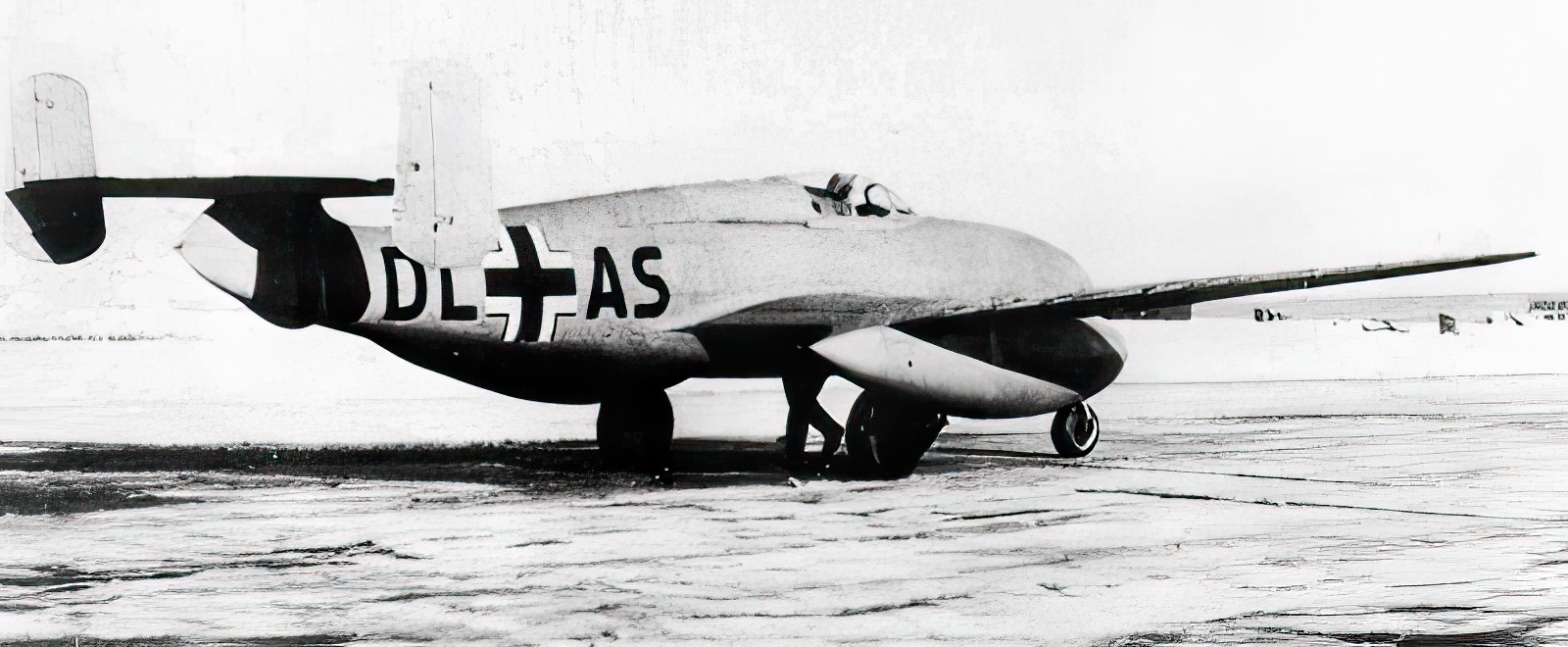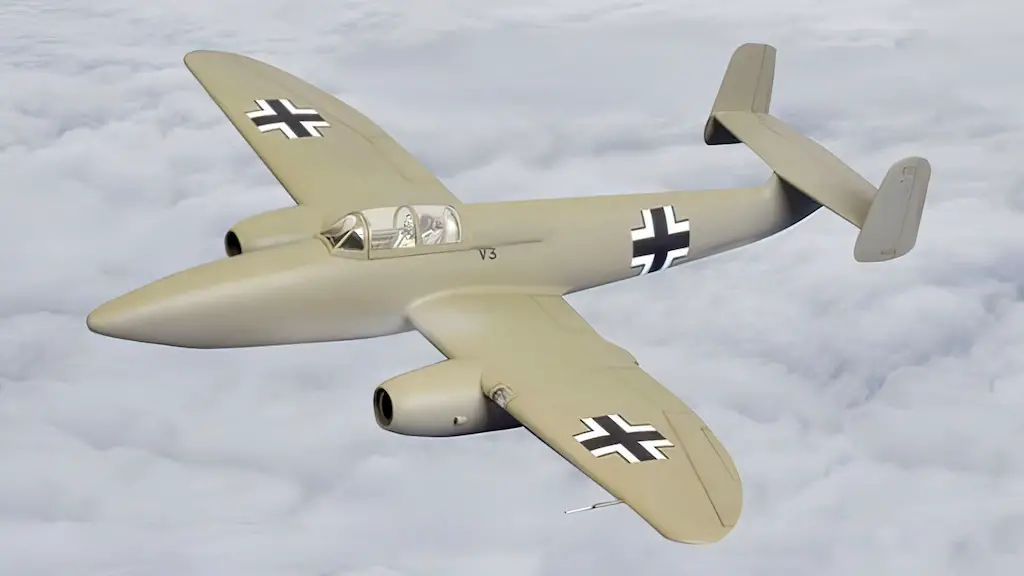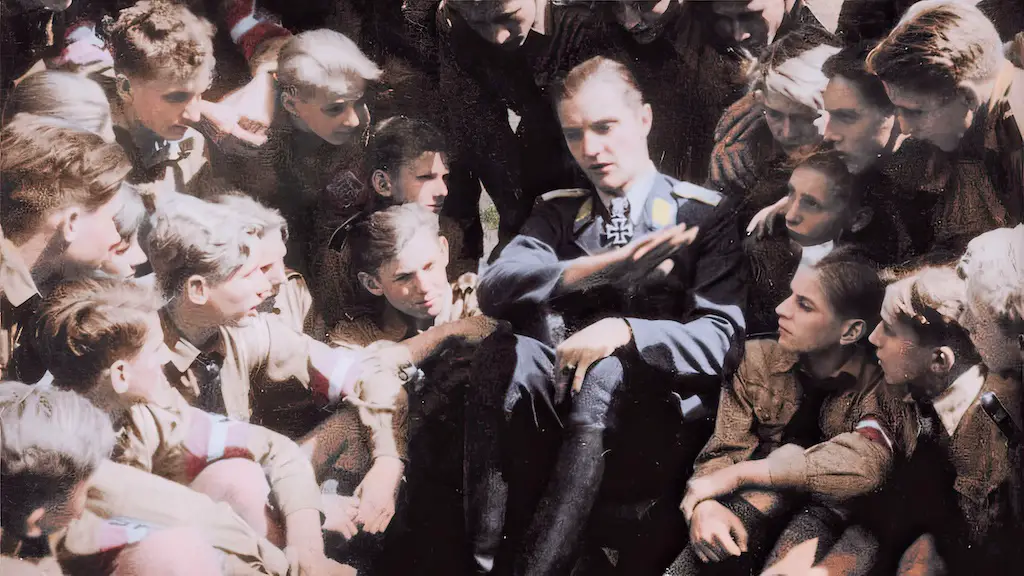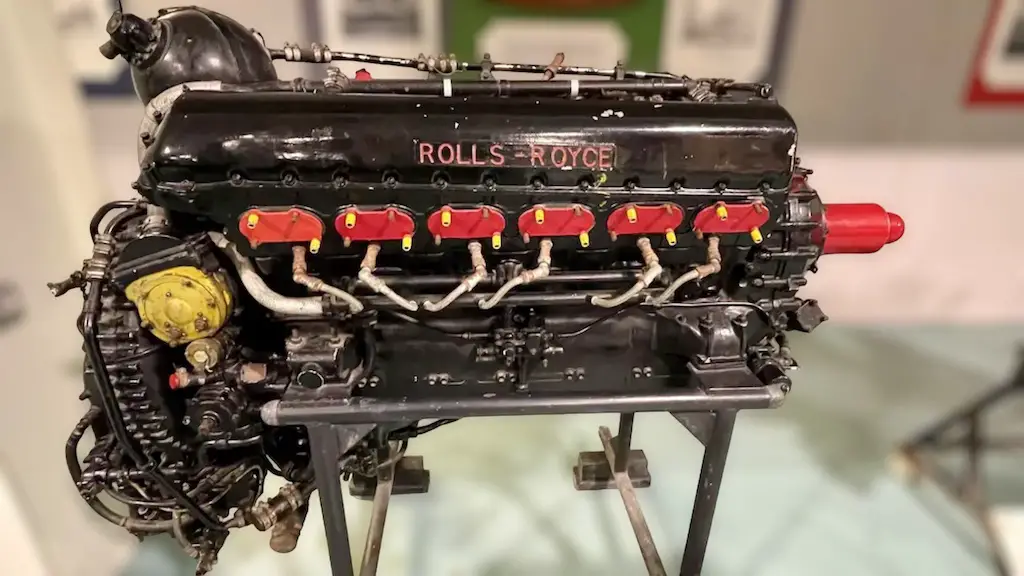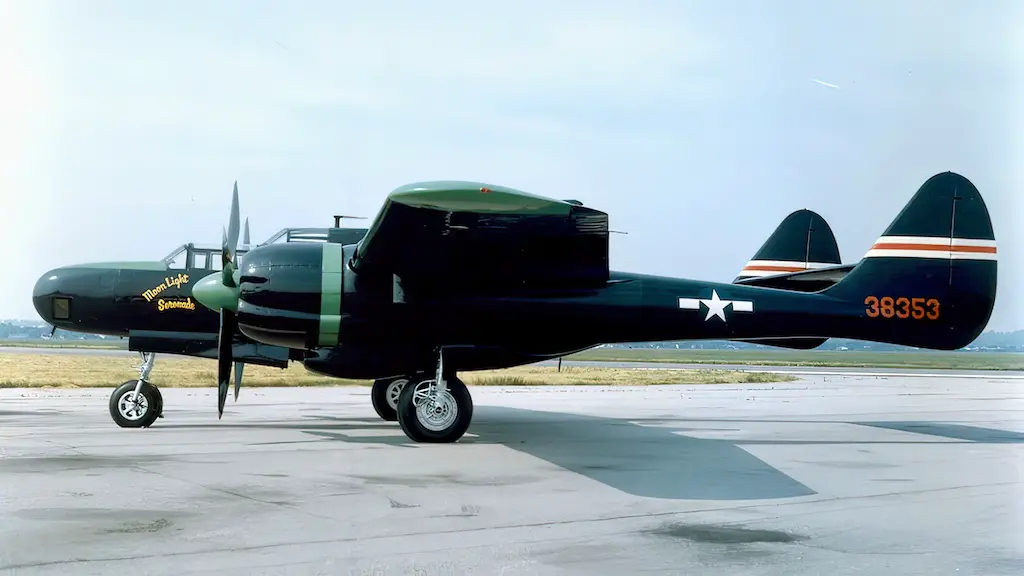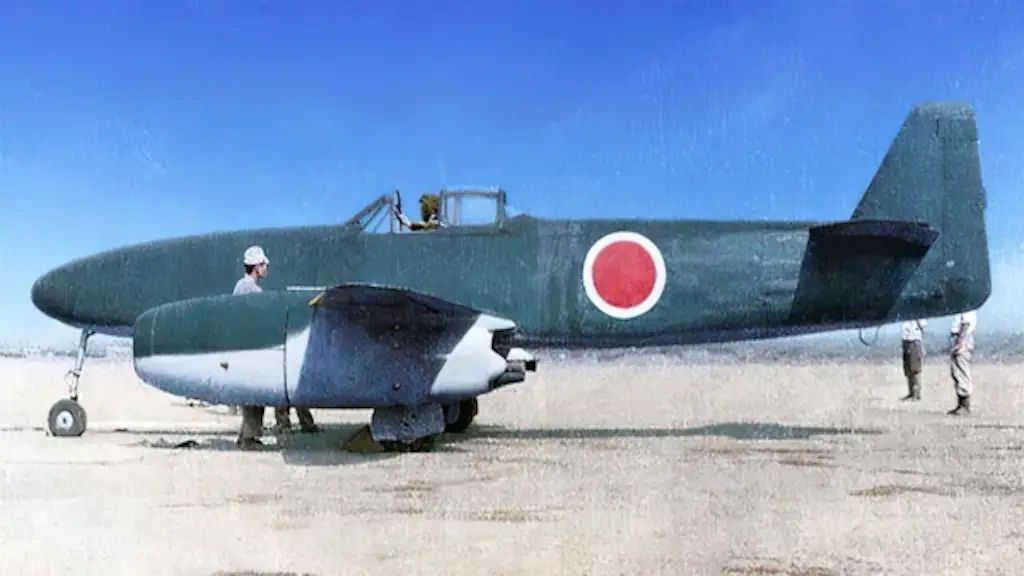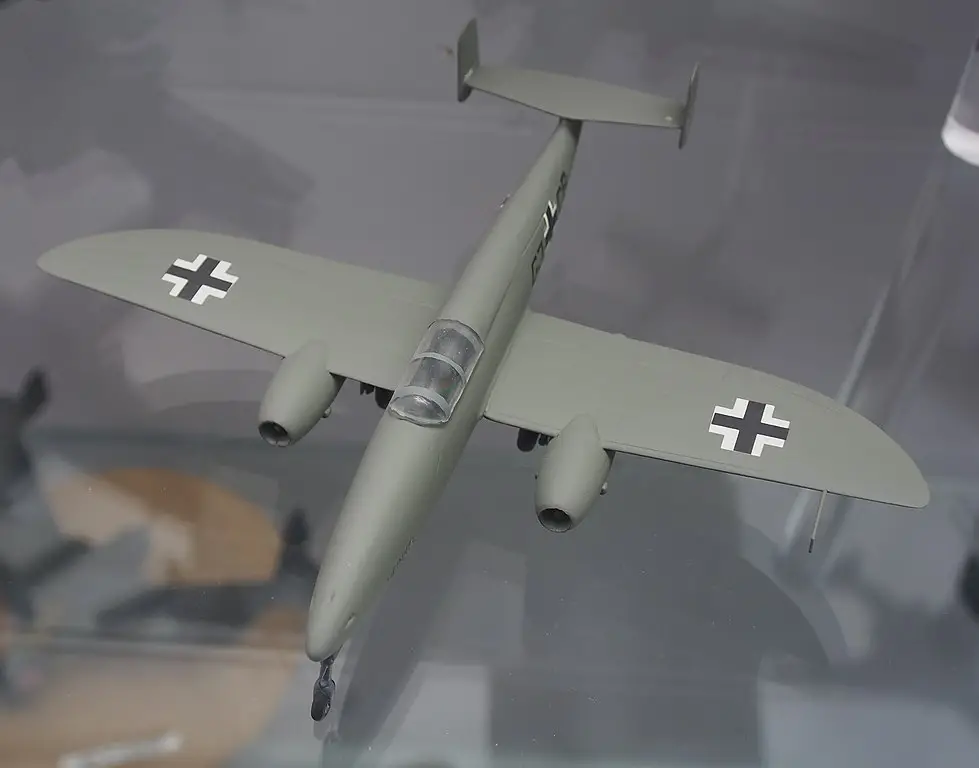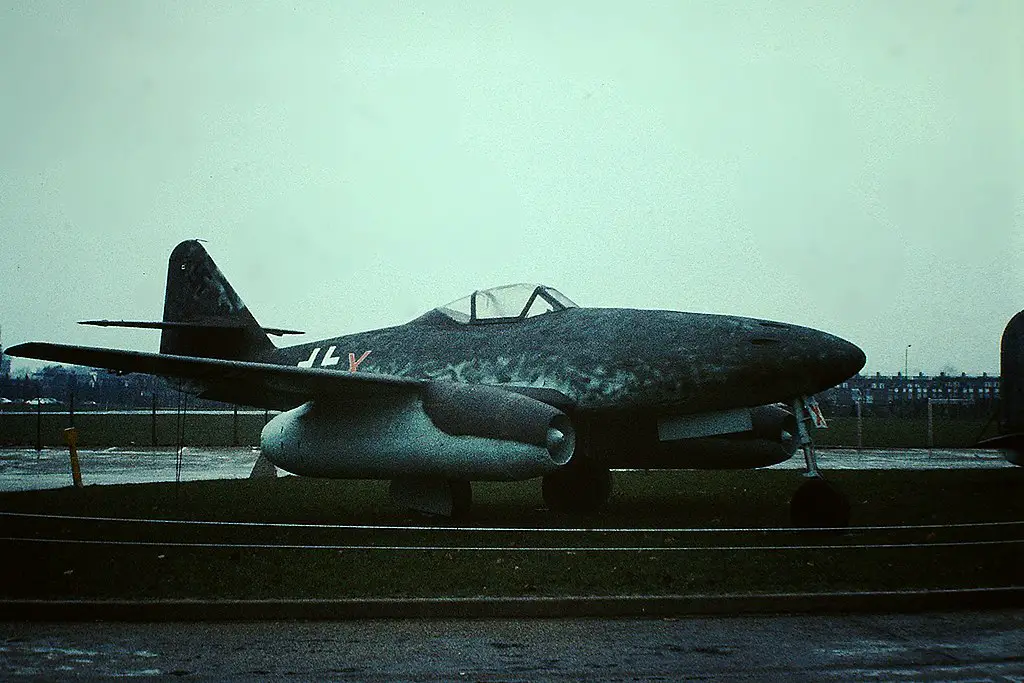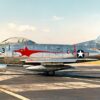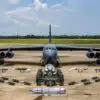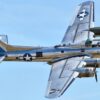Birth of an Innovation
Let’s travel back to 1939, to a time when the aviation world was pulsating with fresh ideas and opportunities. It was then that the ambitious minds at the Heinkel Flugzeugwerke Company decided to venture into an uncharted domain. Under the dedicated guidance of Robert Lusser, a visionary German engineer, the He 280 was conceived. This aircraft was to become the world’s first turbojet fighter, bringing about a revolution in aviation technology.
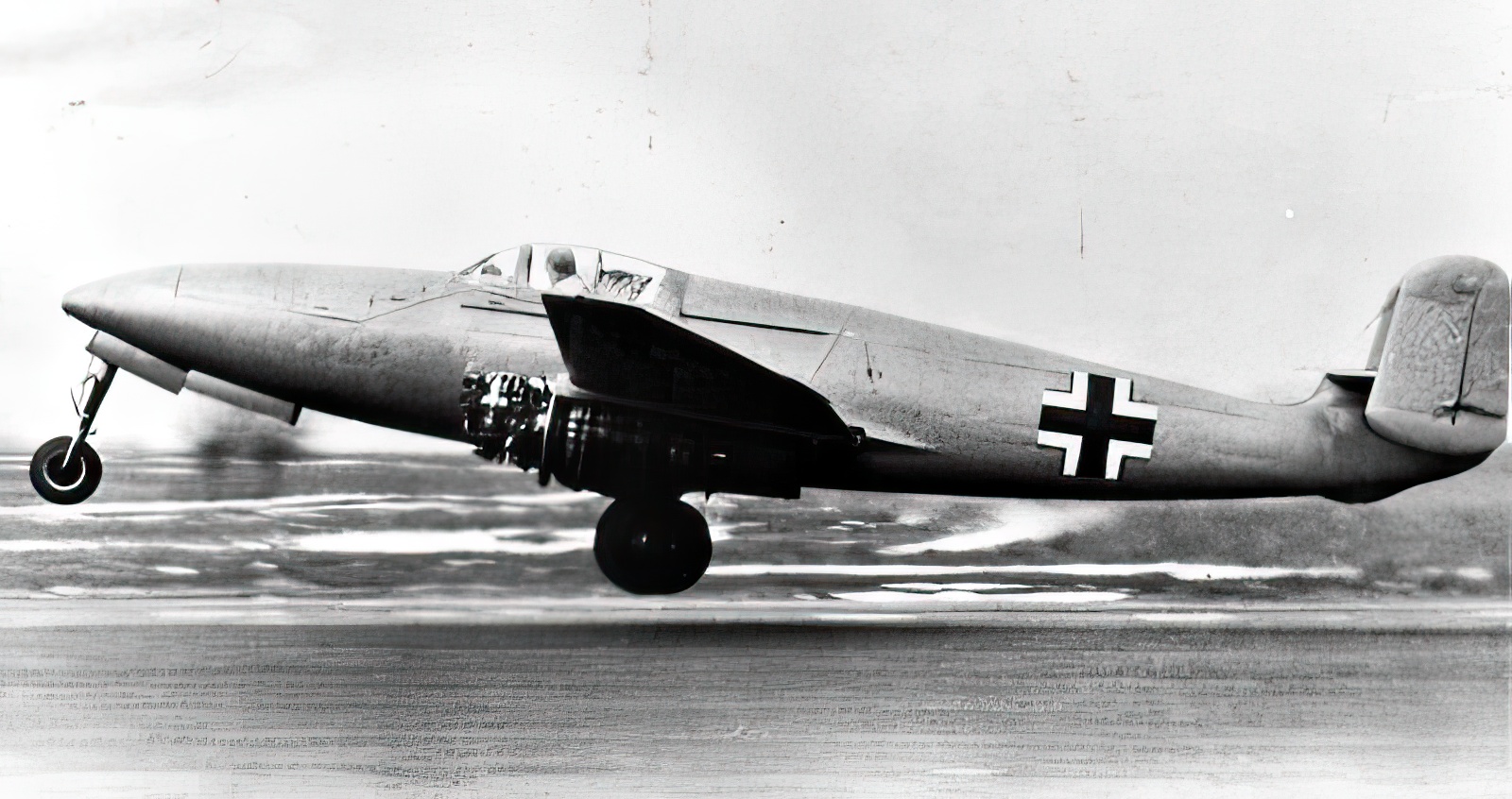
The Heinkel HeS 8 Engine
Much of the He 280’s innovative prowess lay in its engine – the Heinkel HeS 8. It was no ordinary piece of machinery. Heinkel, in collaboration with Hans von Ohain, a brilliant mind in jet propulsion, broke new ground in engineering with this turbojet engine. It was a compact, axial-flow design capable of producing 1,300 lbs of thrust. The HeS 8 was, without a doubt, a revolutionary technological leap, a testament to the engineering prowess of the Heinkel team.
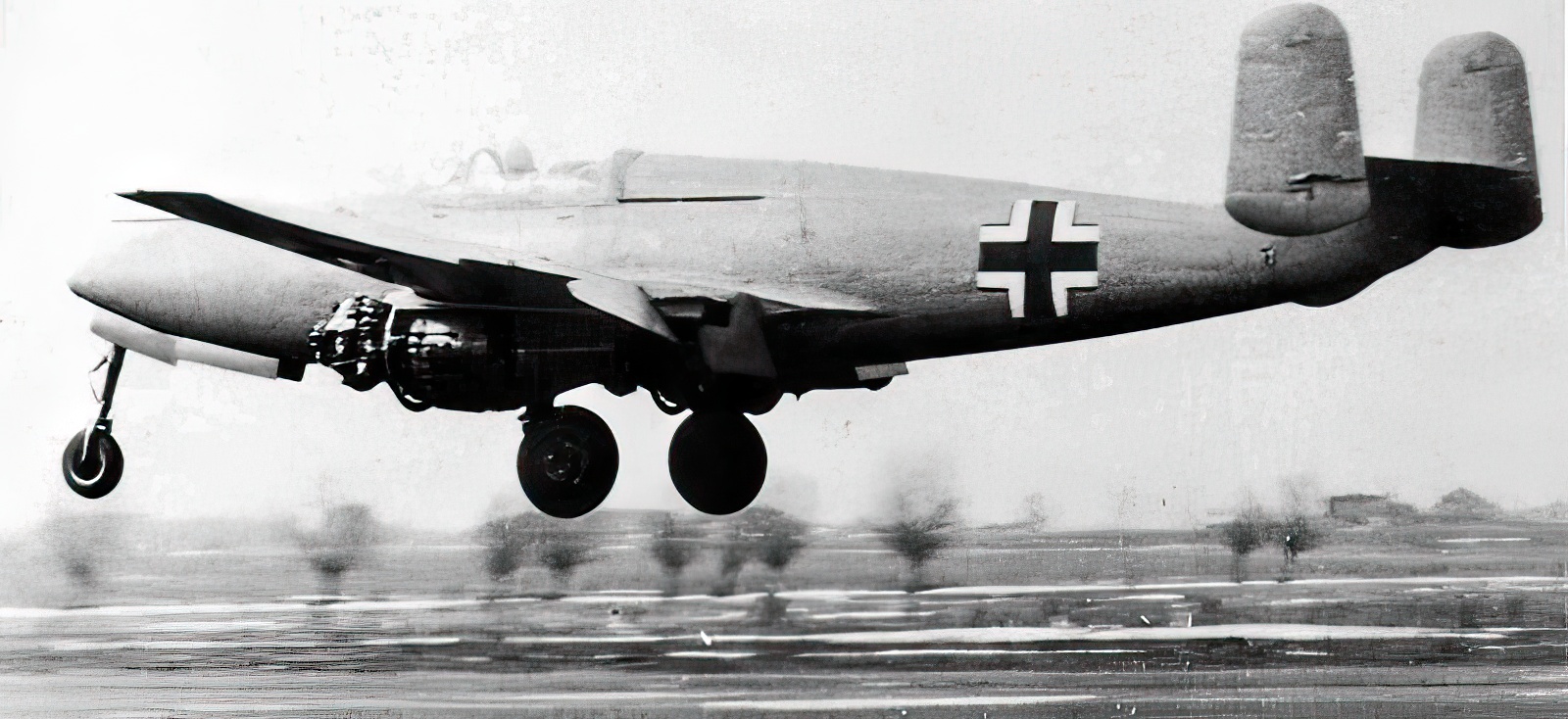
Test Flights and Unprecedented Results
Now, let’s leap into the action with the daring test flights of the He 280. The maiden flight of the prototype V1, took place in 1940, and it was a towed flight as the HeS 8 engines were not ready. However, it was the second prototype, the He 280 V2, that truly demonstrated the capabilities of the Heinkel’s jet. Equipped with operational HeS 8 engines, test pilot Fritz Schafer took off on March 30, 1941, propelling the He 280 into the history books as the first jet aircraft to take flight under its own power.
This was not the end of the He 280’s pioneering feats.During a 1943 test flight, the aircraft’s aileron malfunctioned. The pilot, Helmut Schenk, found himself in a tailspin, with no control over the plane. It was a dire situation, but Schenk was able to use the He 280’s ejection seat, another first for this innovative aircraft, ensuring his survival.
The He 280’s Unfulfilled Potential
You might be asking, “With such groundbreaking innovations, why didn’t the He 280 enter production?” A valid question. As revolutionary as it was, the He 280 faced several obstacles.
Firstly, the Heinkel HeS 8 engine, while a marvel in design, was plagued with reliability issues and did not provide enough thrust to meet the Luftwaffe’s performance standards. This issue was somewhat mitigated with the introduction of the HeS 30 engine, but the delays caused by the development put the He 280 at a disadvantage.
Secondly, the Luftwaffe had already thrown its weight behind the Messerschmitt Me 262, a competing design which eventually became the world’s first operational jet fighter. Political and industrial competition between Heinkel and Messerschmitt played a significant role in the fate of the He 280.
The Heinkel He 280 was a remarkable, groundbreaking aircraft that pushed the boundaries of what was possible in aviation. However, despite its many firsts and technological innovations, a combination of political, industrial and technical factors prevented it from achieving its full potential and entering mass production.
